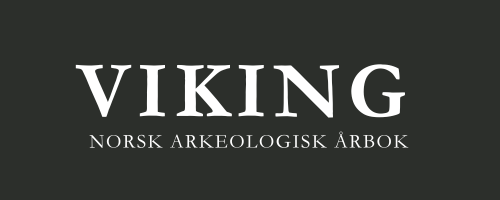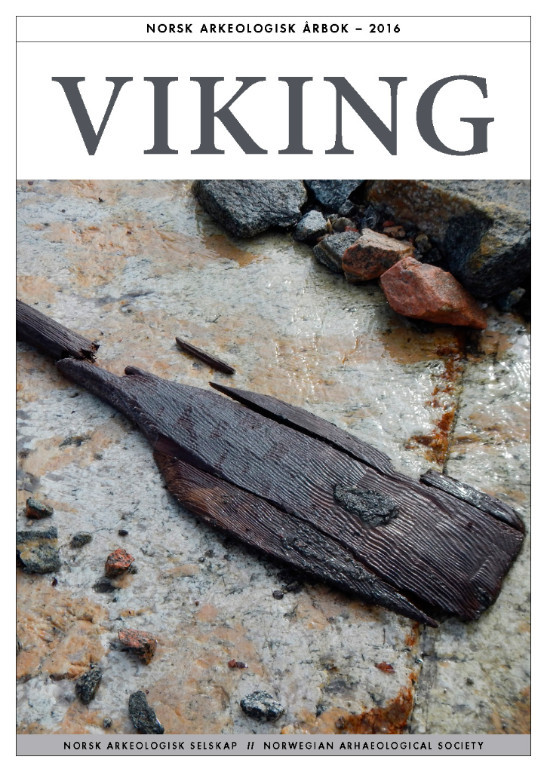«Det er ikke gull alt som glimrer» – bredøkser med messingbeslått skaft fra sen vikingtid
DOI:
https://doi.org/10.5617/viking.3906Sammendrag
«All that glitters is not gold» - broadaxes with brass banded hafts from the late Viking age
Traditionally, the sword was regarded as a weapon of personal prestige and a symbol of the privileged landowning elite. The axe, on the other hand, was a farming tool and symbolic of the landless but free men that went into service under this privileged elite. These men were called housecarls (ON: húskarl). As the Viking age drew toward its end, the axe seemed to gain a higher status as a weapon of prestige in the shape of two-handed broadaxes (dane-axe). Their elongated edge but thin and light body made them a fearsome and formidable weapon.
Six broadaxes with haft bandings of copper-alloy have been identified in the archaeological collection at the Museum of Cultural History in Oslo. The alloys have been analyzed and the results show that they are all made of brass with a high level of zinc. This suggests that the brass is of high quality, which further enhances these broadaxes as prestigious weapons. The results are presented in this article along with comparative material from Europe. The appearance of these broadaxes at the end of the Viking Age is further discussed in light of literary sources relating to Canute the Great and his retinue of housecarls called the Thinglid.
Nedlastinger
Publisert
Utgave
Seksjon
Lisens
Fra og med årgang 2016 er innhold i tidsskriftet Viking - dersom ikke annet er uttrykt - lisensiert gjennom Creative Commons Lisens BY-NC-ND-4.0. Dette betyr at innhold kan kopieres, distribueres og spres i hvilket som helst medium eller format, så lenge disse vilkårene er fulgt.



